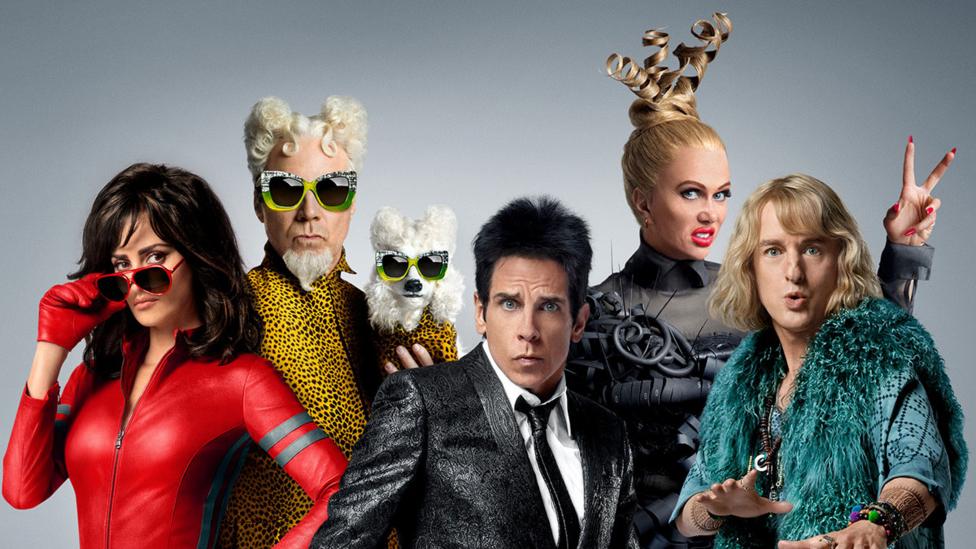
The bar is mobbed, white boys with dreadlocks, black girls wearing Nirvana T-shirts, grungy homeboys, gym queens with buzz cuts, mohair, neon, Janice Dickerson, bodyguards and their models from the shows today looking hot but exhausted, fleece and neoprene and pigtails and silicone and Brent Fraser as well as Brendan Fraser and pom-poms and chenille sleeves and falconer gloves and everyone’s smoochy. I wave over at Pell and Vivien, who are drinking Cosmopolitans with Marcus—who’s wearing an English barrister’s wig—and this really cool lesbian, Egg, who’s wearing an Imperial margarine crown, and she’s sitting next to two people dressed like two of the Banana Splits, which two I couldn’t possibly tell. It’s a kitsch-is-cool kind of night and there are tons of chic admirers.
Spooky similarities. I was also reminded anew about the shocking descriptions of the impacts of terrorism- pre-9/11- it is hard to imagine that this book would have been published as is in the aftermath of that attack:
The force of the first explosion propels Brad into the air. A leg is blown off from the thigh down and a ten-inch hole is ripped open in his abdomen and his mangled body ends up lying in the curb on Boulevard Saint-Germain, splashing around in its own blood, writhing into its death throes. The second bomb in the Prada backpack is now activated. Dean and Eric, both spattered with Brad’s flesh and bleeding profusely from their own wounds, manage to stumble over to where Brad has been thrown, screaming blindly for help, and then, seconds later, the other blast occurs. This bomb is much stronger than the first and the damage it causes is more widespread, creating a crater thirty feet wide in front of Café Flore. Two passing taxis are knocked over, simultaneously bursting into flame. What’s left of Brad’s corpse is hurled through a giant Calvin Klein poster on a scaffolding across the street, splattering it with blood, viscera, bone.
Even an ending which ranks as nonsensical by Ellis standards didn't dissuade me from my opinion that Glamorama was and remains a hit.
 Instagram
Instagram